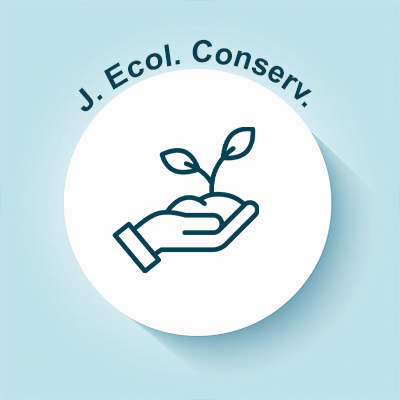
Journal of Ecology and Conservation
OPEN ACCESS
ISSN: 3048-5177

OPEN ACCESS
ISSN: 3048-5177
Types of Hydrology
Hydrology is broadly classified into three main types based on the source and behavior of water:
Surface Water Hydrology
This field examines surface water on Earth, including rivers, lakes, and reservoirs. It emphasizes the dynamics of water within these systems, frequently analyzing streamflow, flood patterns, and erosion processes. Methods such as stream gauging and tracer techniques are employed to assess flow rates and monitor the transport of chemicals or sediments.
Groundwater Hydrology (Hydrogeology)
Groundwater hydrology pertains to the water that is retained beneath the surface in soil and rock formations, referred to as aquifers. This field encompasses the study of groundwater movement, pressure, depth, and the movement of dissolved materials. Measurements are conducted with instruments such as piezometers, and essential parameters include aquifer properties like hydraulic conductivity, storativity, and transmissivity.
Marine Hydrology
This field emphasizes seawater systems, encompassing the examination of coastal and oceanic water dynamics, salinity levels, and their interactions with atmospheric and freshwater systems. Although it is closely associated with oceanography, marine hydrology specifically focuses on the behavior of water.
Hydrology also overlaps with several specialized areas:
Key Processes in Hydrology
Remote Sensing and Modelling
Remote sensing technologies, such as satellite and airborne sensors, are extensively utilized to assess variables including soil moisture, snow cover, and water storage across vast areas. These instruments are particularly valuable in situations where direct data collection is challenging or limited.
Hydrologists depend on models and analytical tools to evaluate water budgets, scale observations temporally and spatially, and uphold data integrity. Methods such as parameter estimation, data assimilation, and double mass analysis are essential in these endeavors.
Hydrology serves a critical function in environmental planning, policy formulation, and engineering design, contributing to the sustainable and secure use of water resources in an evolving world.